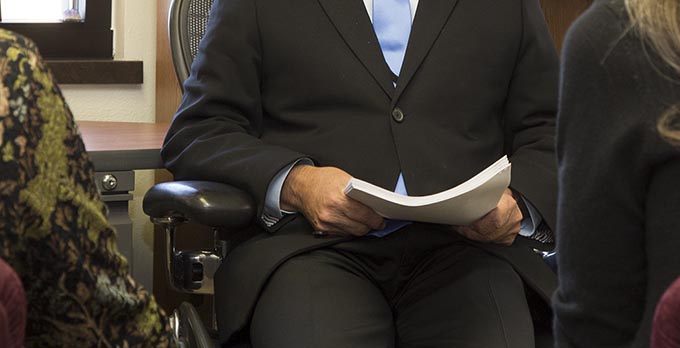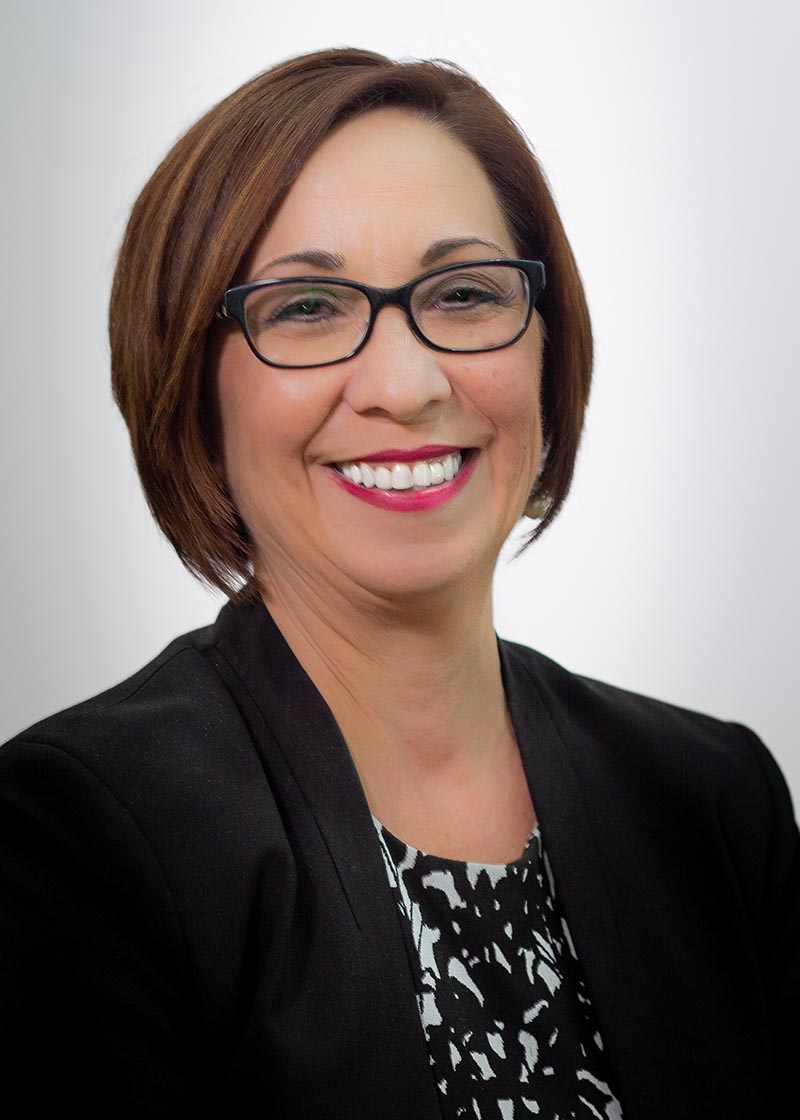New Mexico Approves Master of Science in Anesthesia Program at UNM

New Paradigm
UNM Sandoval Regional Medical Center Launches Peer-to-Peer Substance Use Counseling Study
After nearly a year and a half of focused efforts, The University of New Mexico’s Sandoval Regional Medical Center (SRMC) has been awarded a congressional research grant to develop and implement a peer support program addressing substance use disorders in rural New Mexico communities.
Asking for help isn’t always easy, even for something standard, like running errands or childcare. Factor in the societal stigmas around struggling with substance use disorder and seeking assistance can seem downright insurmountable.
That’s where peer-to-peer support programs come in. Unlike a doctor-patient relationship, where one person typically provides recommendations to another based on education and expertise, peer recovery support services connect patients with people who relate through a similar lived experience and shared language.
“Peer-to-peer relationships provide an opportunity for patients to see success,” says Annette Crisanti, PhD, vice chair for research and tenured professor in the UNM Department of Psychiatry & Behavioral Sciences. “They see someone who can say, ‘I’ve been where you are and survived.’ It provides patients with a solid role model of recovery.”
The $1.5 million in congressionally directed grant funding from the Substance Abuse and Mental Health Services Administration was championed by U.S. Sen. Ben Ray Lujan, who sought a project with three particular areas of focus:
- Peer support treatment for people with substance use disorders
- Rural and underserved communities
- Provision of services via telehealth to increase access to treatment in rural/tribal communities
With this in mind, Crisanti, together with SRMC leadership, developed a proposal that took into account the shortage of health care workers in rural communities and the increasing data demonstrating the effectiveness of peer support workers (PSWs) and programs.
“Over the last decade or so, there’s been so much research on the subject that (peer support) has been identified as an evidence-based practice,” Crisanti says.
A credentialing program offered through the New Mexico Behavioral Health Services Division enables PSWs to obtain certification that allows them to deliver peer recovery support.

Peer models have been shown to impact and change a person’s trajectory... One of our primary goals through this program will be to engage new patients in treatment.
“Peer models have been shown to impact and change a person’s trajectory,” says SRMC CEO Jamie Silva-Steele. “Alcoholics Anonymous, for example, is a great example of the impact of peer-to-peer support. One of our primary goals through this program will be to engage new patients in treatment.”
Identifying patients with substance use disorders often happens in the Emergency Department (ED), and when someone lives in a rural community it can be challenging to keep them on track with a treatment plan. Program developers hope to change that by providing peer support via telehealth. The grant runs through September 2023, but the program will be designed with long-term sustainability at the forefront.
“This is our first time hiring PSWs at SRMC,” Silva-Steele says, adding that the grant will pay for personnel and resources. “We want to develop a sustainability plan to keep our new hires and process in place. Our goal is to help people stay the course on their treatment plans, and we can best support them by keeping this program going.”
Over the next year, the goal will be to increase SRMC’s capacity to provide peer recovery support services and to evaluate the intervention, which will include collecting data to examine the program’s impact on individuals and to determine its cost-effectiveness.
Recurring visits to the ED create a strain on both patients and providers. Peer recovery support programs are intended reduce recurring ED visits, and doing so is one component of creating program sustainability. Another, Crisanti says, is through Medicaid.
“Peer recovery support services can ultimately be billed to Medicaid,” she says. “We’re collecting data along the way to track the kinds of services our PSWs are providing to see which ones can be billed. This data and these billings will support sustainability beyond federal funding.”
The grant also allots funds for resources in rural and tribal communities, where barriers to telehealth services include lack of access to computers, for example. There is also a need to increase awareness regarding programs and support that are available to people with substance use disorders, as well as what treatments are effective.
A significant portion of the grant will fund community engagement coordinators, who can share knowledge about treatment options and how to access them, and also set people up for telehealth services by equipping individuals and community centers with laptops so that those experiencing connectivity issues will be able to access treatment.
“My hope is that by increasing access to evidence-based practices for treating substance use disorders that we really will improve the well-being of New Mexicans throughout the state, particularly those who are typically underserved,” Crisanti says. “By providing services in a culturally sensitive, trauma-informed way, we increase the likelihood that more people will not only engage but follow through with treatment.”